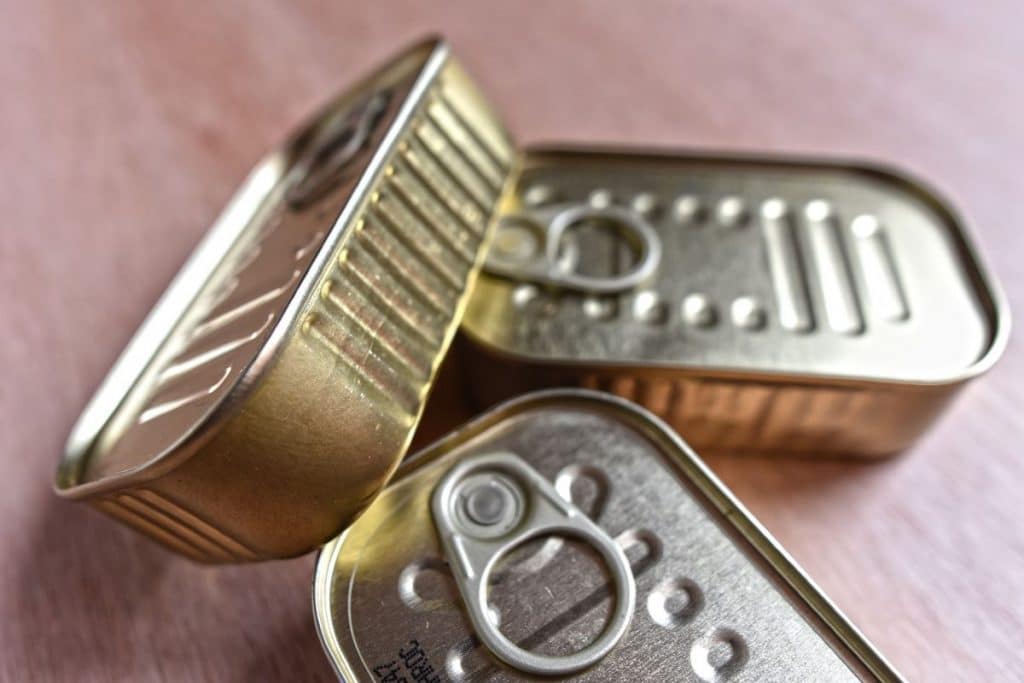If you’re like most people, you often find yourself turning to canned food as an easy and convenient way to have a meal or snack on hand. But with all the warnings of food-borne illnesses, you may wonder: Can bacteria grow in canned goods?
Toxins and microorganisms can thrive in moist and contaminated areas. They can grow in your canned goods if proper canning and storage are not observed.
This post will teach you the essential things to prevent bacteria from flourishing in your canned goods, spotting signs of contamination, and more!
Quick Navigation
- How To Spot If Canned Food Has Toxins
- How Can Bacteria Thrive Inside A Canned Food?
- Ways to Protect Yourself And Your Family From Canned Food Contamination
- What Happens If You Have Eaten A Contaminated Canned Food?
- The Risk of Botulism
- How To Make Sure That My Canned Foods Are Free From Contamination At Home?
- Other Prevention Techniques To Prevent Botulism
- How To Properly Can Low Acid Food
- Things to Remember
How To Spot If Canned Food Has Toxins
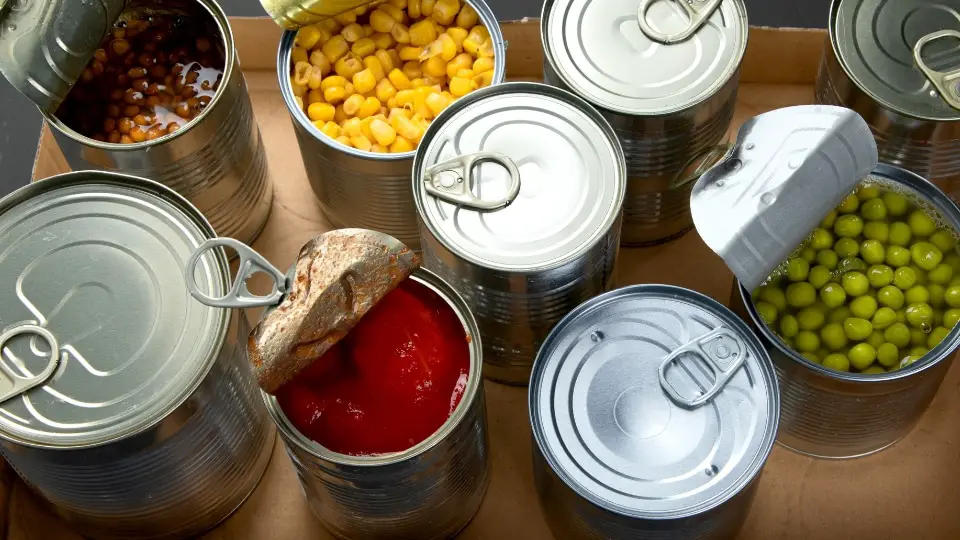
It can be challenging to spot if canned goods have the toxin, as the food may look and smell normal. However, some signs can indicate that a can of food may be contaminated. These include:
- The can is swollen or bulging
- The food inside the can has an unusual color or odor
- The can is leaking or has a dent or other damage
If you notice any of these signs, it is best to discard the can and not eat the food. It is also essential to store canned goods in a cool, dry place and to check them for signs of damage before using them.
If you are unsure whether a can of food is safe, it is best to err on caution and throw it away.
How Can Bacteria Thrive Inside A Canned Food?
Bacteria can enter the food and multiply when canned food is not processed correctly, leading to spoilage. This can happen if the cans are damaged or when food is not canned using the correct procedures.
Storing your cans in a humid place can also make spoilage faster. It is because contaminants and microbes thrive in moist areas.
Ways to Protect Yourself And Your Family From Canned Food Contamination
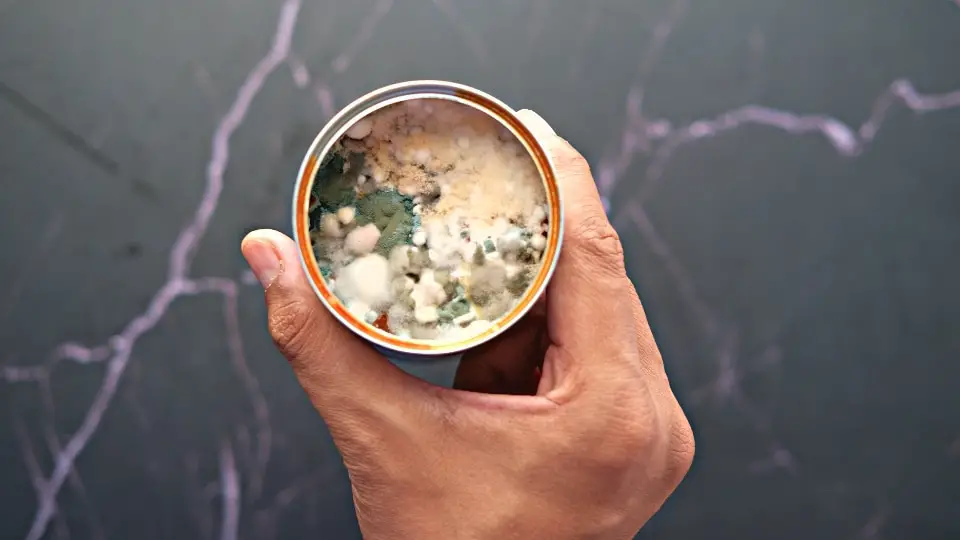
There are several ways to protect yourself and your family from canned food contamination:
Follow proper canning procedures
If you plan to preserve and home-can your food, following the proper canning procedures is essential to prevent contamination. This includes using the correct type of jars, sterilizing the jars and lids, and processing the food at the right temperature and for the proper amount of time.
Check cans for damage
Before using canned foods, it is essential to check the cans for signs of damage, such as swelling, leaking, or dents. Damaged cans may be contaminated and should not be used.
Store canned foods properly
Canned foods should be stored in a cool, dry place to prevent bacterial growth. Rotating your canned goods is essential, using the oldest cans first to prevent them from expiring.
Cook canned foods thoroughly
It is crucial to cook canned foods thoroughly to kill any bacteria that may be present. This is especially important for low-acid foods such as meats, poultry, and vegetables.
Practice good hygiene
To prevent contamination, it is essential to practice good hygiene when handling and preparing canned foods. This includes washing your hands, utensils, and surfaces with soap and hot water before and after taking the food.
What Happens If You Have Eaten A Contaminated Canned Food?

If you have eaten contaminated canned food, you may experience symptoms such as nausea, vomiting, stomach cramps, and diarrhea. In some cases, the contamination may not show any symptoms, but it can still be harmful.
If the contaminated food is not adequately canned or the cans are damaged, food-poison-causing bacteria may start to grow. The bacteria may produce toxins that can cause illness, even if the food looks and smells normal.
If you have eaten contaminated canned food and are experiencing symptoms, it is crucial to seek medical attention. Your doctor can evaluate the root of your symptoms and offer the best treatment for you. This may include medications to control your symptoms and prevent dehydration.
In some cases, contaminated canned food can be life-threatening. If you are experiencing severe symptoms such as difficulty swallowing, speaking, or breathing, it is vital to seek emergency medical care immediately.
The Risk of Botulism
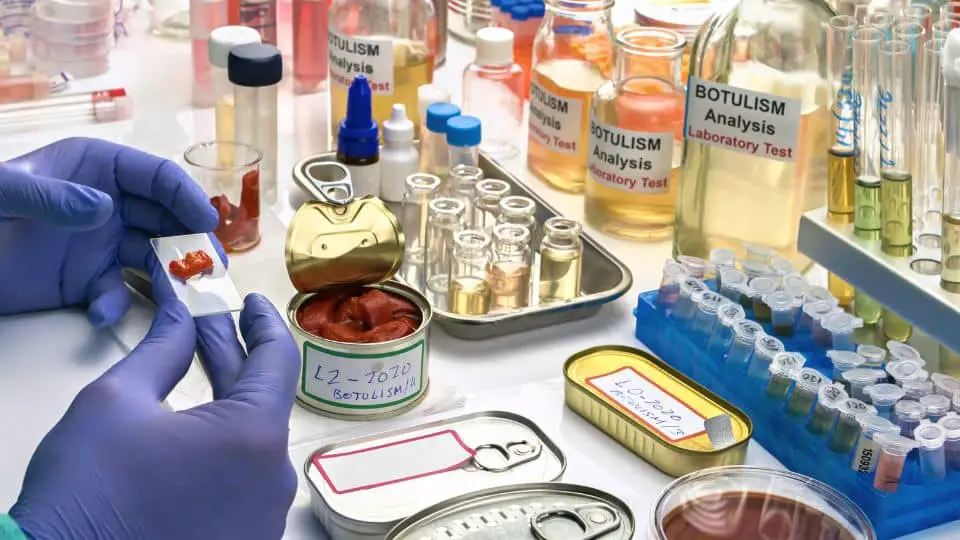
Botulism is a rare but severe illness caused by a toxin produced by the bacterium Clostridium botulinum. This toxin can affect the nervous system and can cause paralysis. Botulism was first described in the 18th century by a German doctor named Justinus Kerner.
C. botulinum bacteria is most commonly associated with home-canned foods that have been improperly processed. It can also be found on most fresh food surfaces and even on contaminated soil or water. Infants can also develop botulism by consuming the spores of the bacteria found in honey.
Botulism treatment typically involves administering an antitoxin to neutralize the toxin and supportive care to help the person breathe and maintain their blood pressure. If diagnosed early, the prognosis for recovery is good. However, if left untreated, the illness can be life-threatening.
What Are The Symptoms of Botulism?
The symptoms of botulism can vary depending on the amount of toxin a person has been exposed to and the area exposure. In general, symptoms may include:

- Difficulty swallowing and speaking
- Weakness in the muscles
- Double vision
- Dry mouth
- Difficulty breathing
- Paralysis
Symptoms of botulism typically begin within 18 to 36 hours after exposure, but they may appear as early as six hours or as late as ten days. If left untreated, the illness can progress to cause respiratory failure and death. If you suspect that you or someone you know may have been contaminated with botulinum bacteria, it is essential to seek medical attention immediately.
How To Make Sure That My Canned Foods Are Free From Contamination At Home?

Proper canning involves heat-sterilizing the food to kill any bacteria present. This is typically done by heating the food to a high temperature for a specific time, depending on the canned food type. This process helps to prevent bacteria from entering the food and also helps to prevent the growth of bacteria that may already be present in the food.
Following proper canning procedures and checking canned foods for signs of damage is essential before using them. Remember, dented cans are, most of the time, the contaminated ones. Dents are usually the effect of chemical changes inside the can.
So, be careful and always check the cans before you put them in your grocery cart. It is also important to store canned foods in a cool, dry place to help prevent bacterial growth.
In addition to following these practices, it is also essential to practice good hygiene and cook canned foods thoroughly before eating them. This will help to kill any bacteria that may be present in the food and will reduce the risk of food poisoning.
Other Prevention Techniques To Prevent Botulism

In addition to following proper canning procedures and storing canned foods properly, there are several other prevention techniques that can help to prevent botulism:
- Avoid using non-commercial home-canned foods
Non-commercial home-canned foods may not have been appropriately processed and may be at higher risk for contamination.
- Cook food thoroughly
Cooking food thoroughly can help to kill any bacteria or spores that may be present, reducing the risk of botulism.
- Keep your home clean
Cleaning your home regularly and practicing good hygiene can help prevent bacteria growth and reduce the risk of botulism. Remember, if your counters, floors, and appliances are not clean, bacteria may thrive on them. It puts you at an increased risk of developing illnesses.
How To Properly Can Low Acid Food
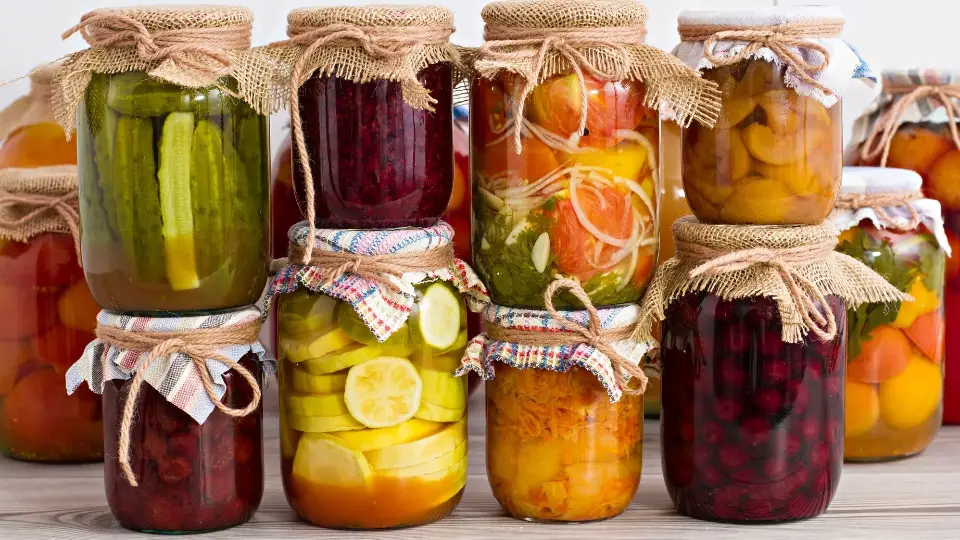
Low-acid canned foods can support the production of the deadly botulism toxin if these foods are not appropriately processed in a pressure canner. Low-acid food is heated to high temperatures (240–250 degrees F or more) in a pressure canner, which kills the spores that create the botulism toxin.
An acidic food has a pH of 4.6 or lower. Some examples of acid food are:
- Marmalades
- Jellies
- Jam
- Sauerkraut
- Pickles
- Fruit Butters
Though most tomatoes are known to be an acidic food, some have a pH higher than 4.6. If you want your food to be canned as acid foods, you can use citric acid or lemon juice to acidify them properly. For instance, when canning low-acid vegetables. Note that acid products require a less drastic process as the low pH prevents the growth of pathogenic and spoilage bacteria.
Things to Remember
To recap everything, it is important to follow proper canning procedures. Always check cans for damage, store canned foods properly, cook canned foods thoroughly, and practice good hygiene to avoid contamination and botulism.
It is also important to avoid using non-commercial home-canned foods and to keep your home clean. Also, as long as cans are inspected before buying and stored in the right environment, you don’t need to worry about bacterial growth.
Early treatment can improve the chances of a full recovery and prevent the illness from becoming life-threatening.
Taking some precautions can help protect yourself and your family from the risks associated with contaminated canned food and botulism.

